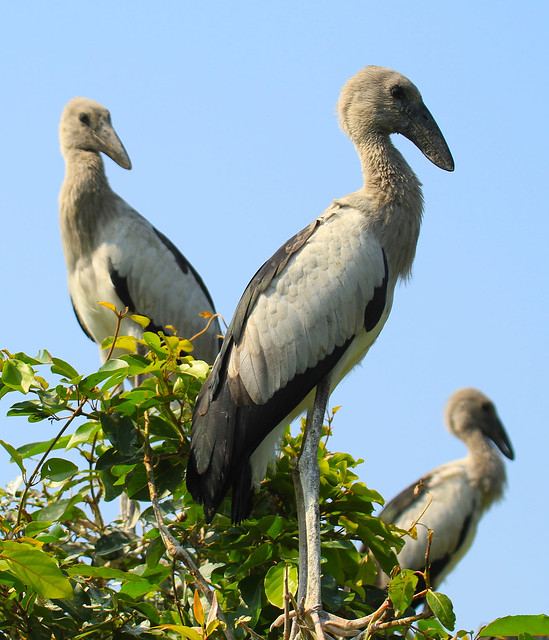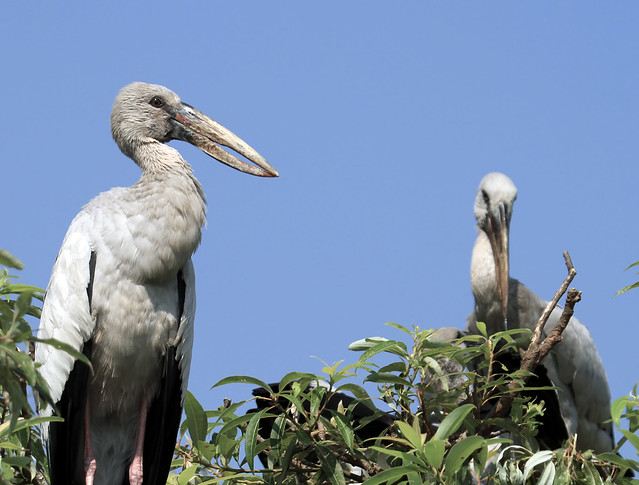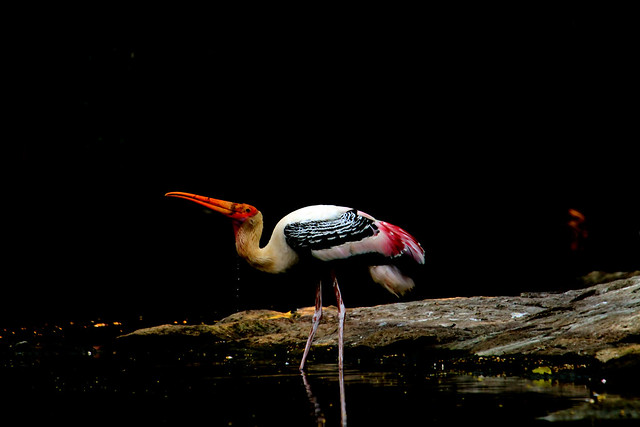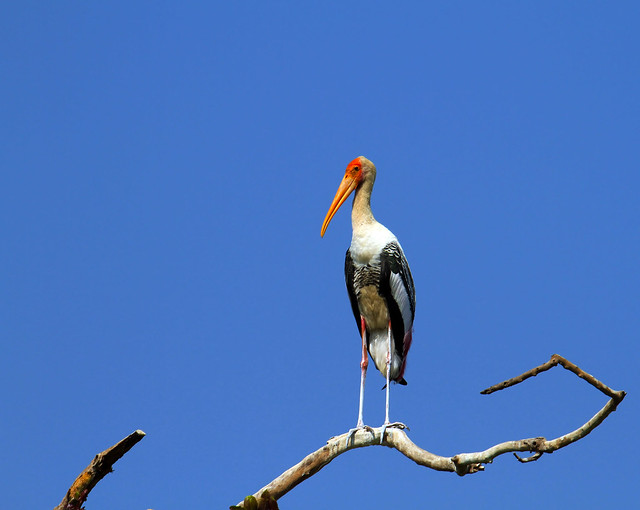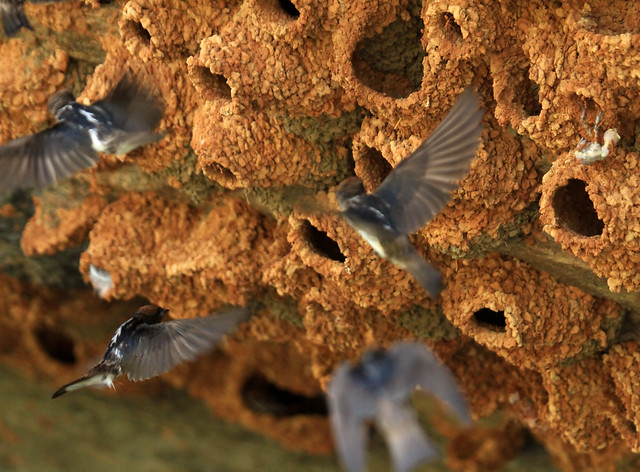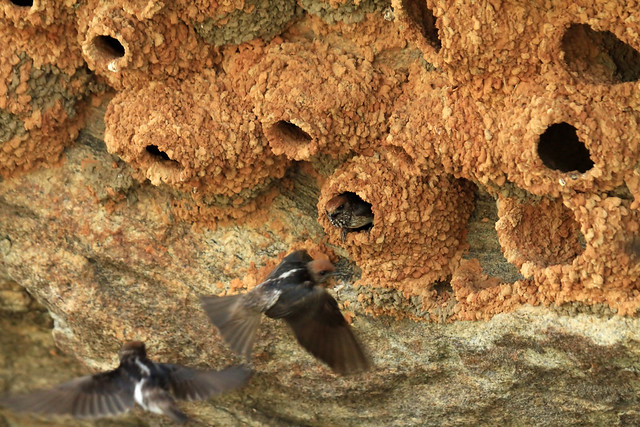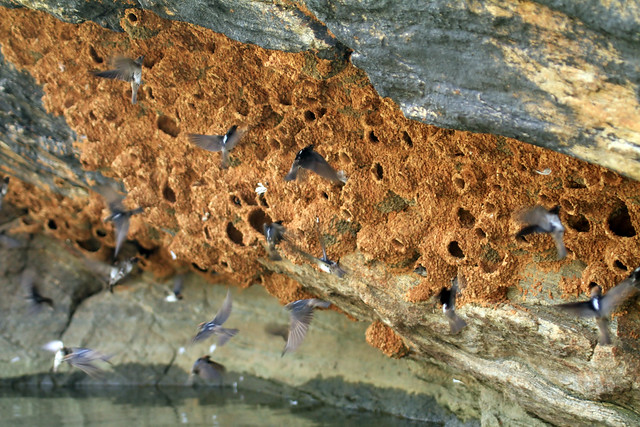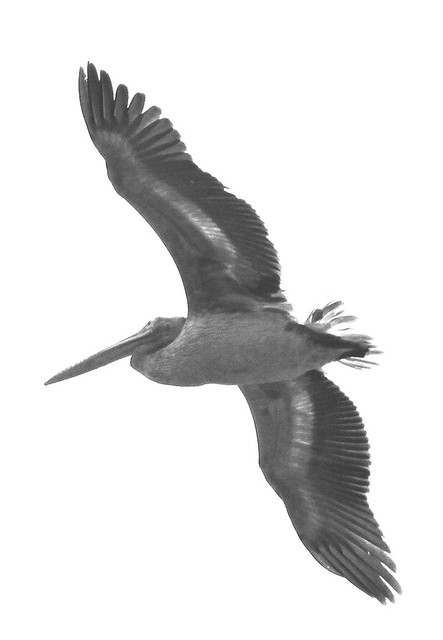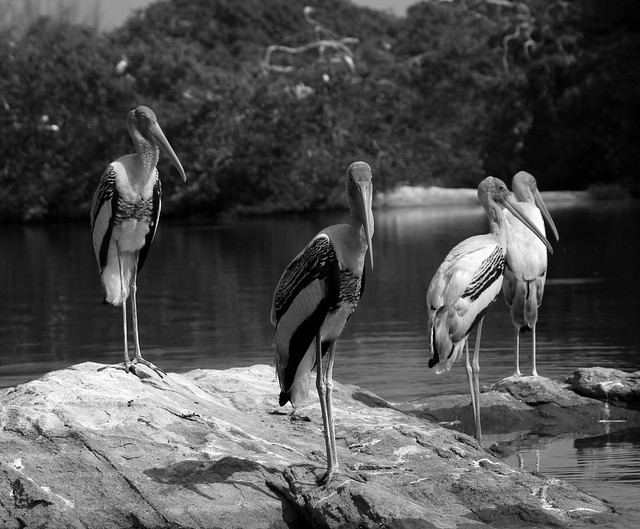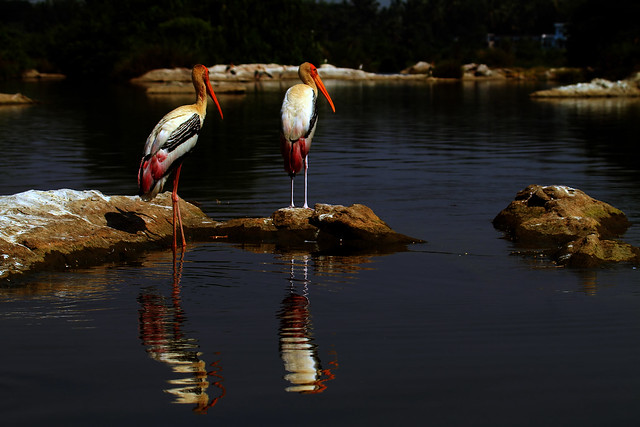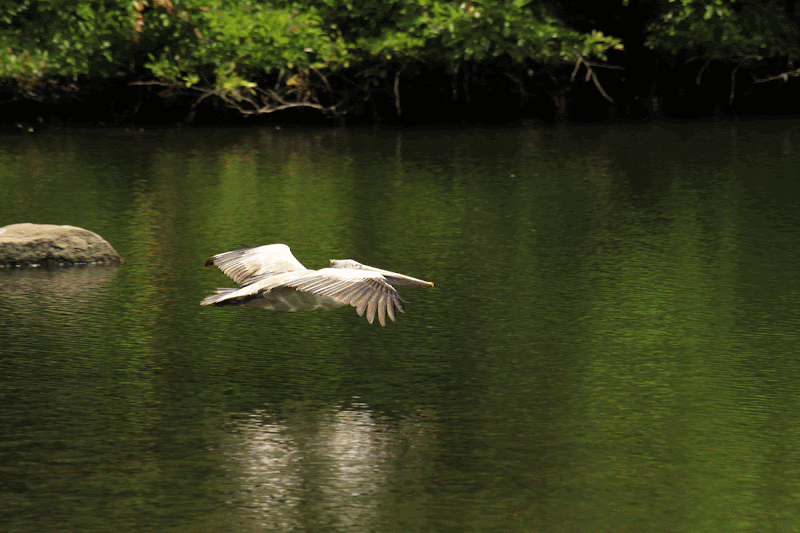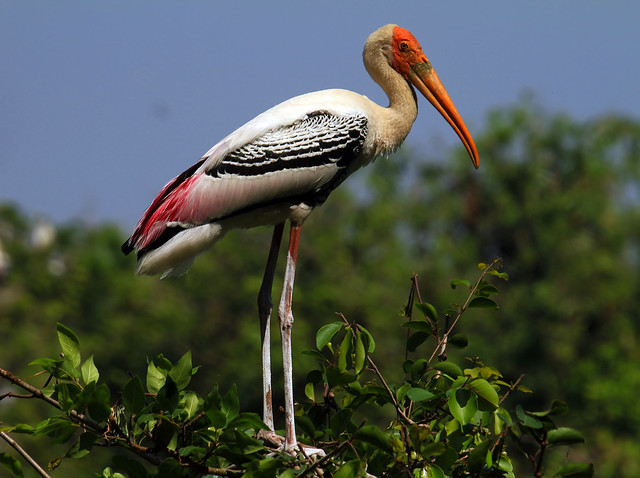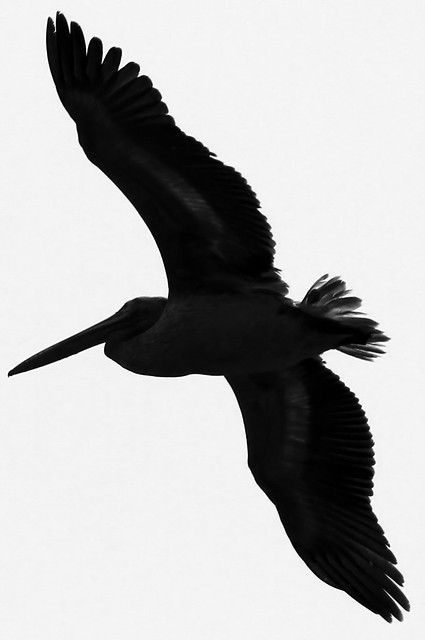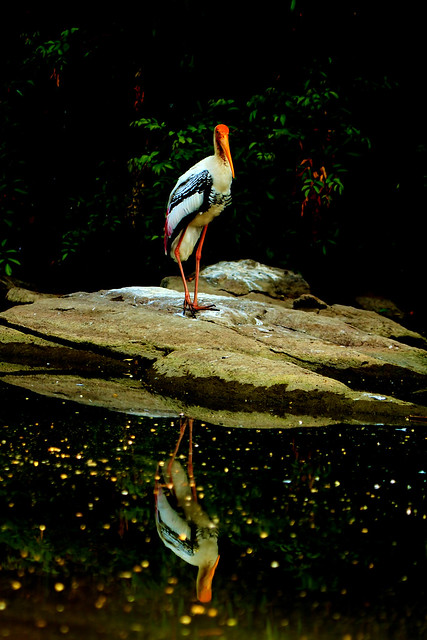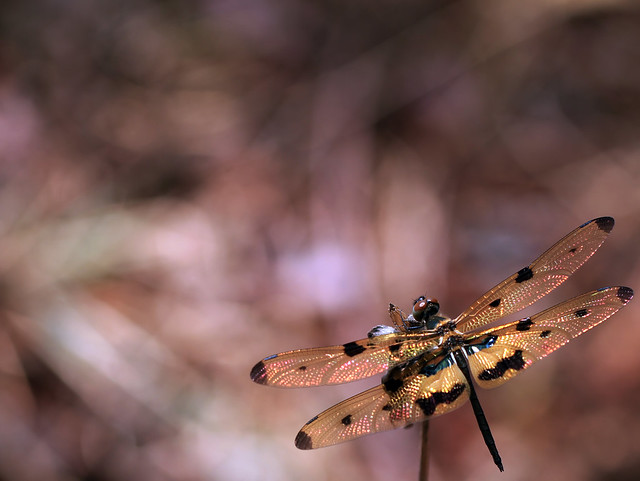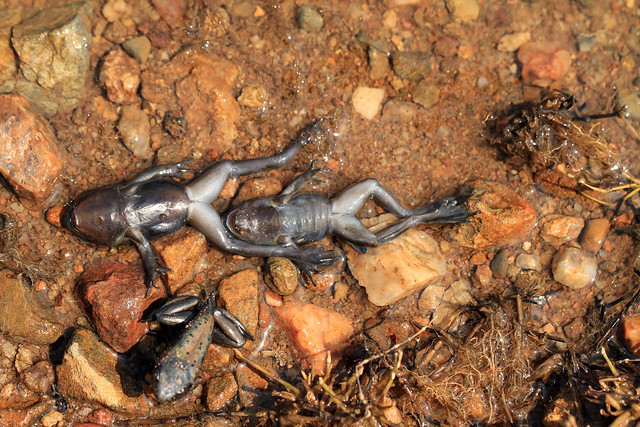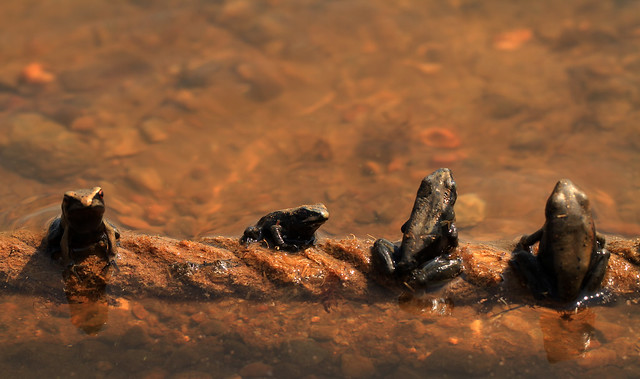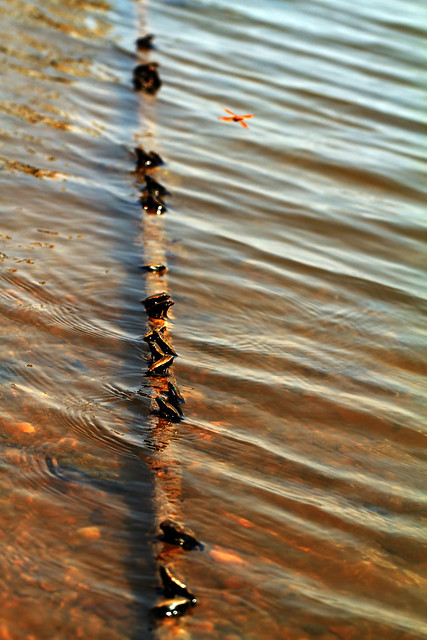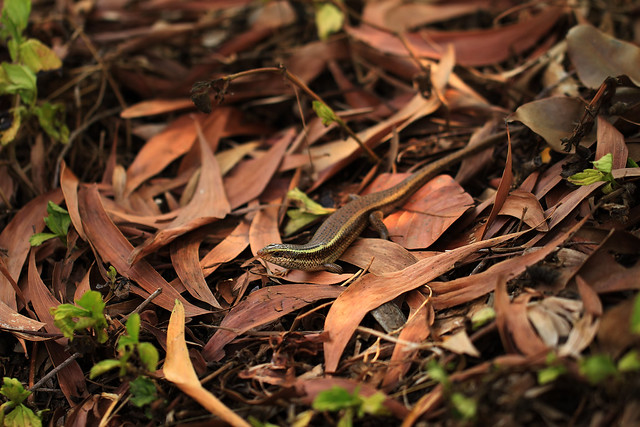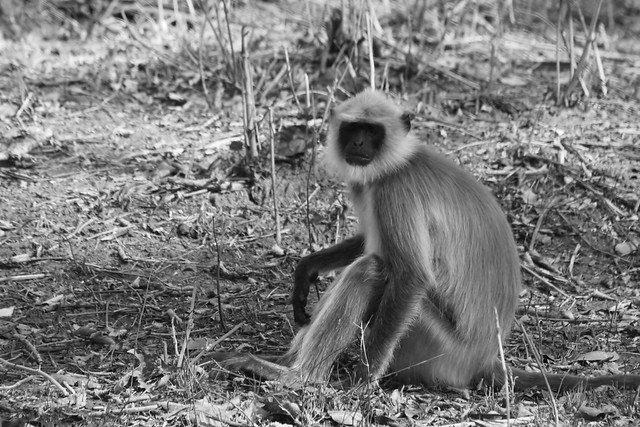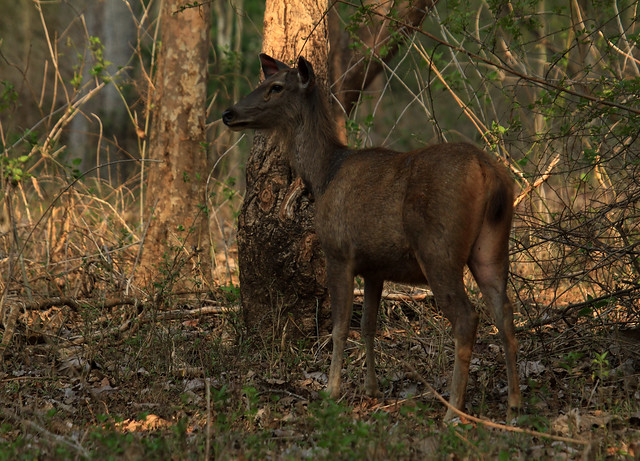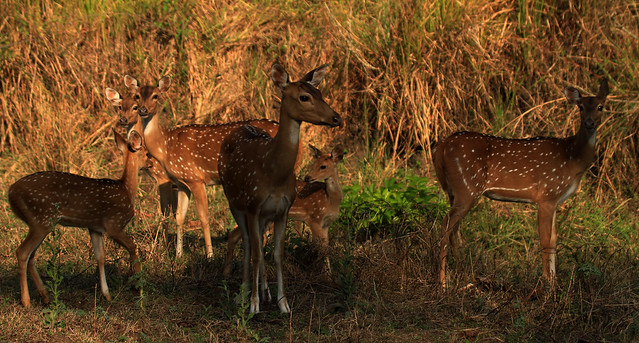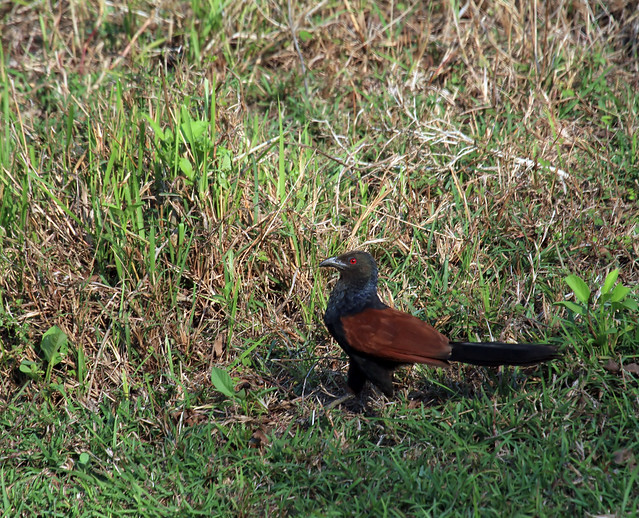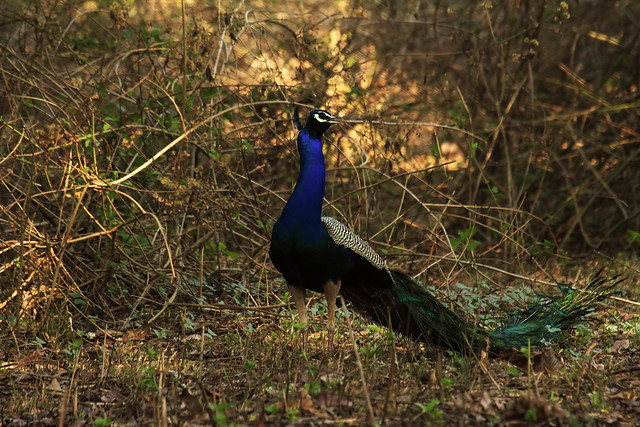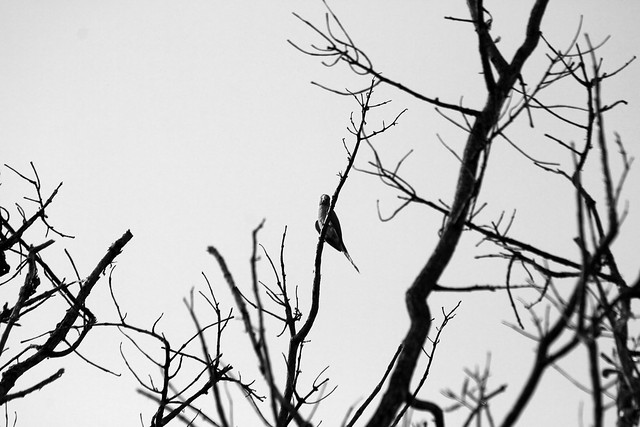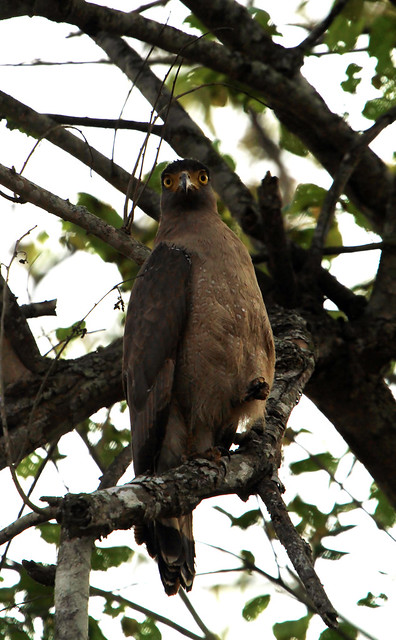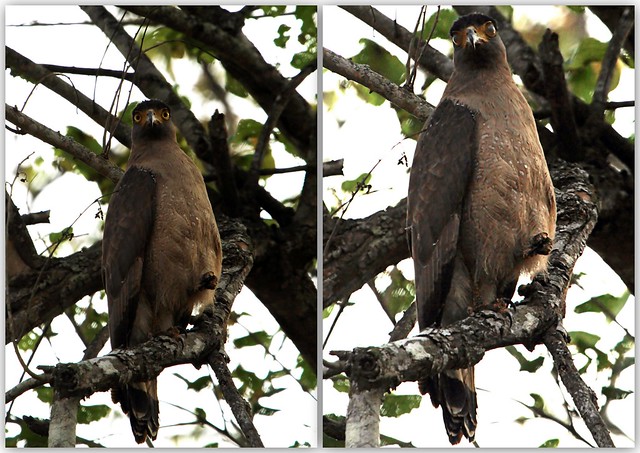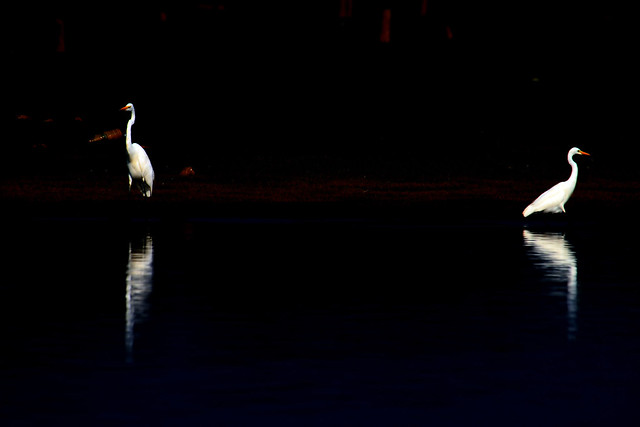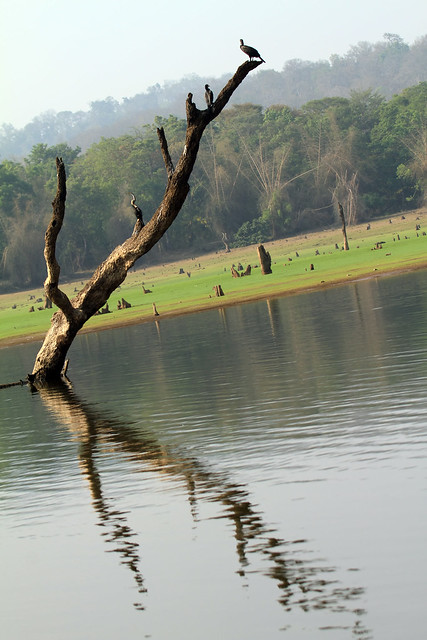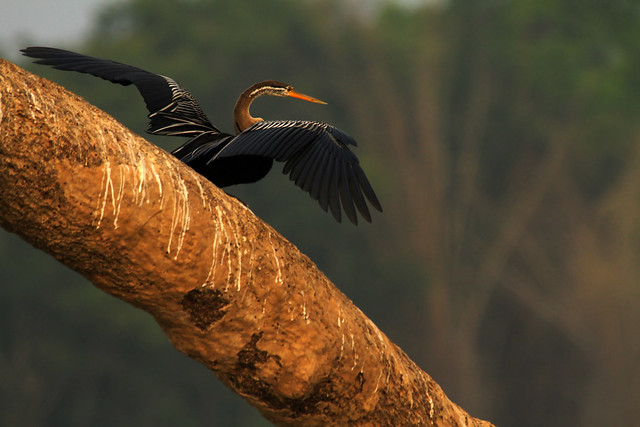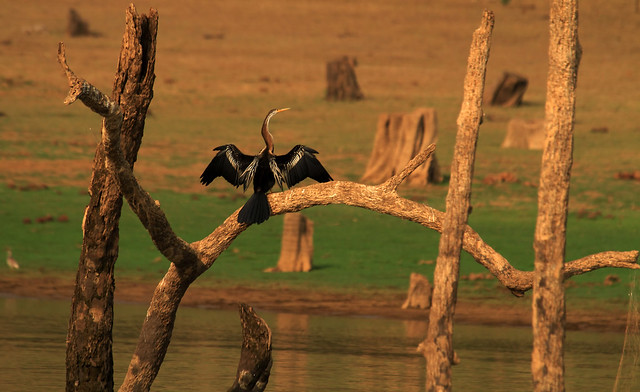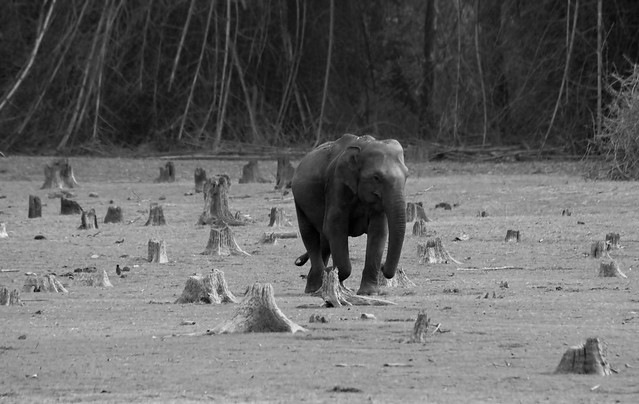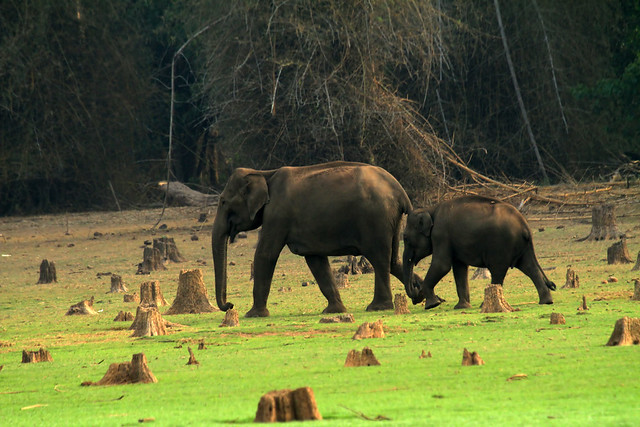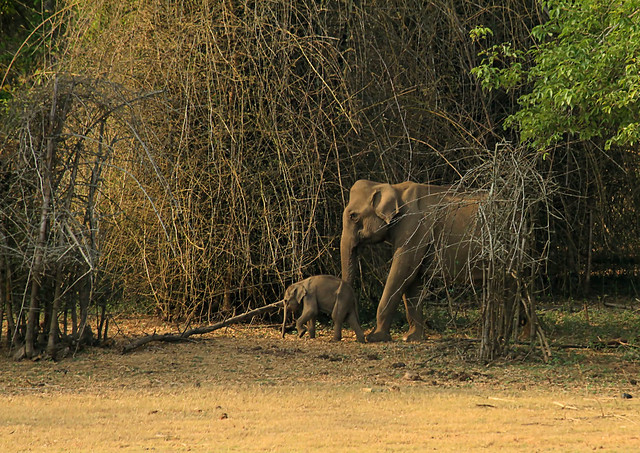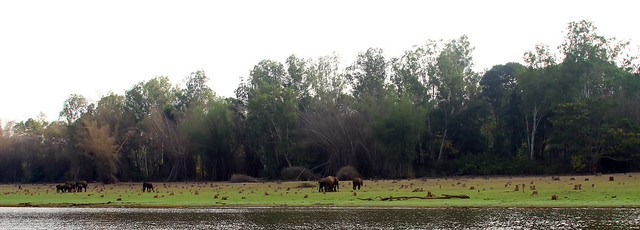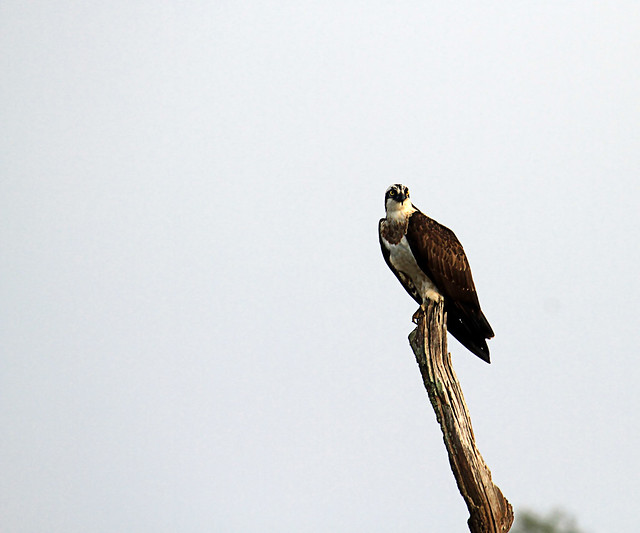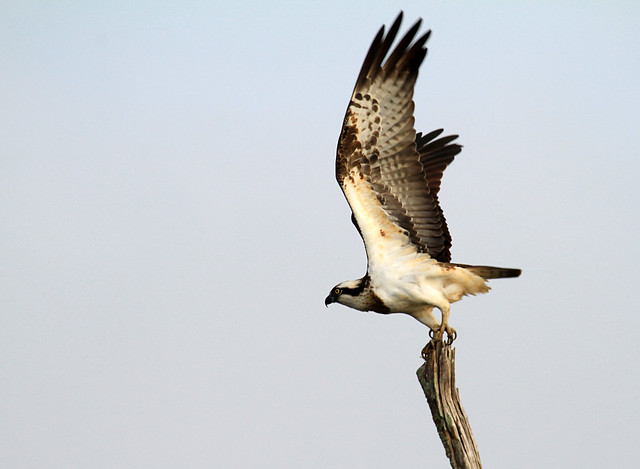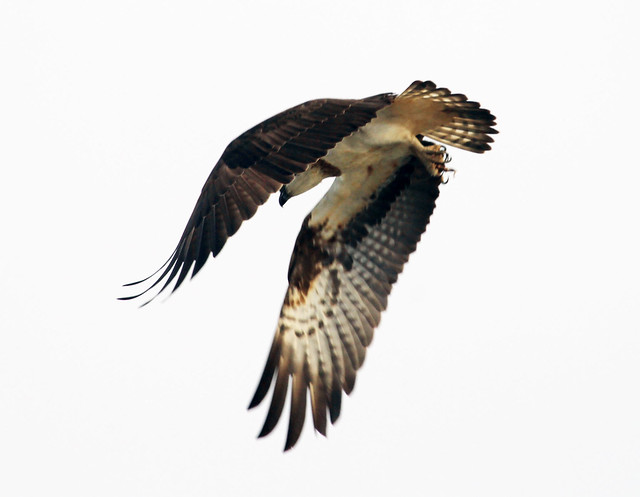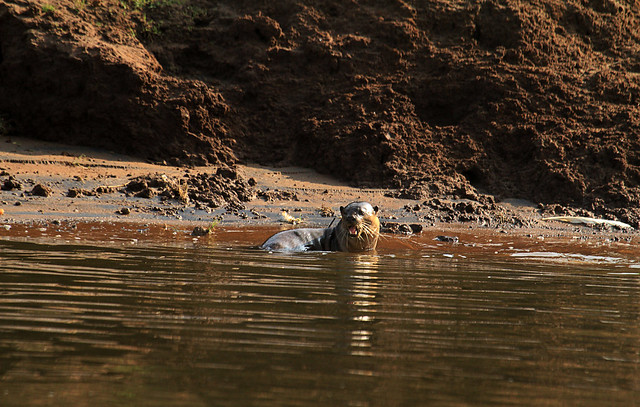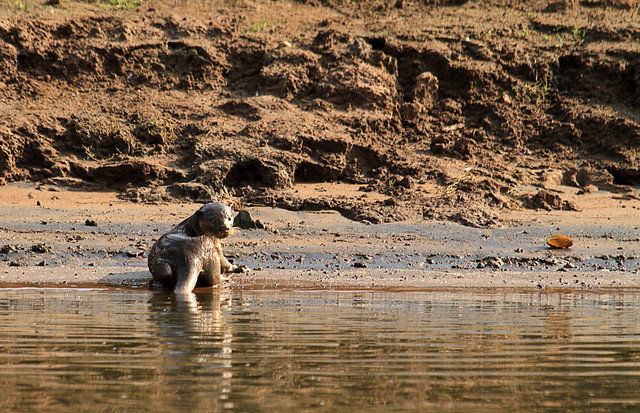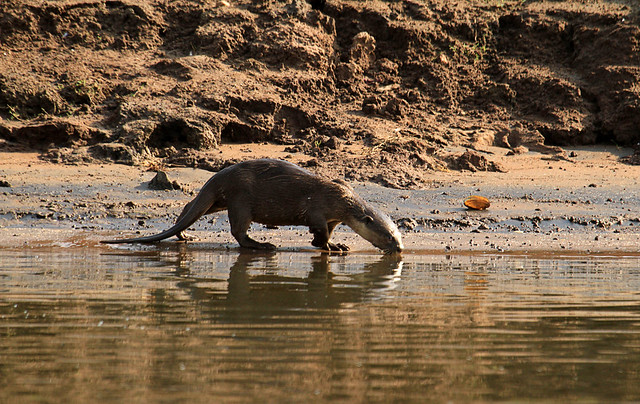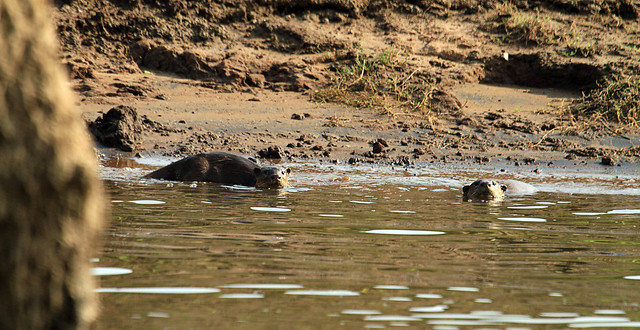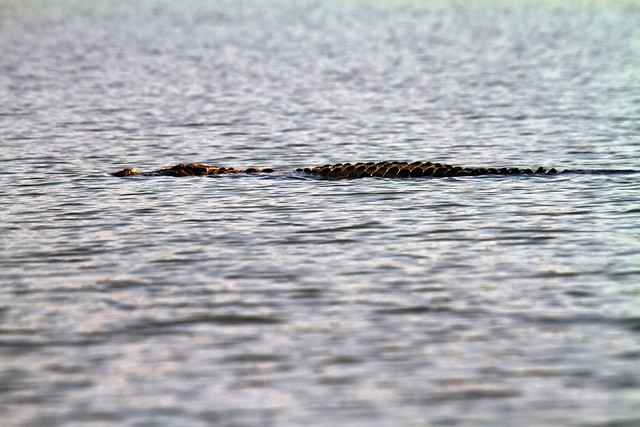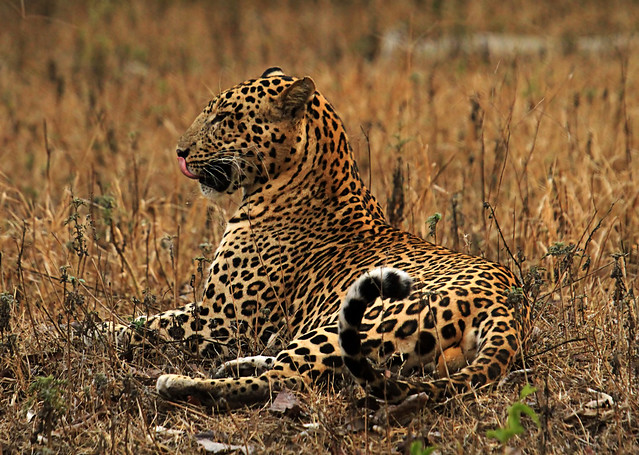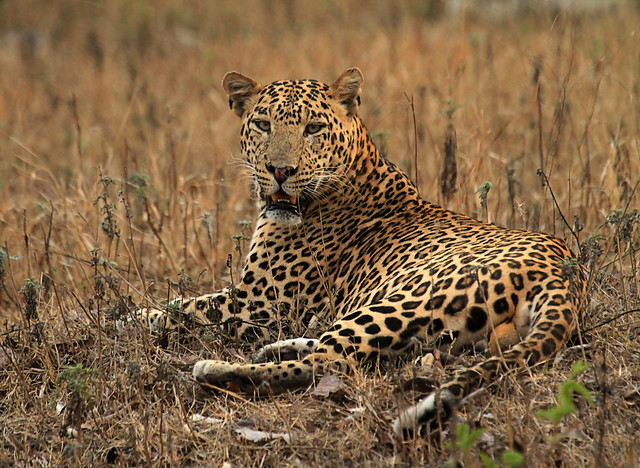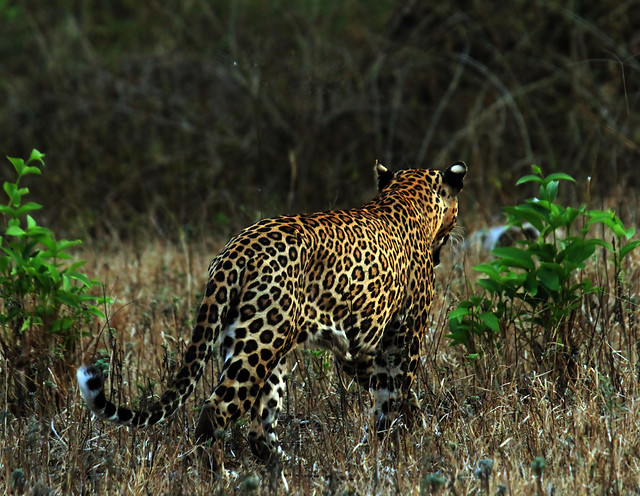Tweet
A quick 1 day trip to Ranganathittu Bird Sanctuary (Kingdom of Flight) and Kabini Forest (Kingdom of Stealth). Some life time sightings in the Kingdom of Stealth section at the bottom.
Go ahead and enjoy the photo essay and share your comments, likes.
Kingdom of Flight
Swallows or swifts make nests by regurgitating gelatinous substances, or the saliva. The nests are composed of interwoven strands of salivary laminae cement. The nests have high levels of calcium, iron, potassium, and magnesium. When dissolved in water, the nests have a gelatinous texture used for soup or sweet tong sui. It is mostly referred to as yan wounless references are made to the salty or sweet soup in Chinese cuisine.
In Breeding Plumage
Animated animated GIF to show the behavior of pelicans, how they drink water ![]()
Slide Show of the Kingdom of Flight
Kingdom of Stealth
The Serpent Eagle is known to have a protective membrane - known as the nictitating membrane around its eye. This membrane is a clear inner eyelid that closes to moisten and protect the eye while allowing the eagle to still see. Some mammals, such as camels, polar bears, seals, and aardvarks, have full nictitating membranes. Often called a third eyelid or haw, it may be referred to as the plica semilunaris or palpebra tertia in scientific terminology.
In some diving animals, for example beavers and manatees, it moves across the eye to protect it while under water, and in these species it is transparent; in other diving animals, including sea lions, it is activated on land, to remove sand and other debris. This is its function in most animals. In birds of prey, it also serves to protect the parents' eyes from their chicks while they are feeding them, and when peregrine falcons go into their 200 mph (320 km/h) dives, they will blink repeatedly with their nictitating membranes to clear debris and spread moisture across the eyes. In polar bears, it protects the eyes from snow blindness. In sharks, it protects their eyes while the shark strikes at its prey. Woodpeckers tighten their nictitating membrane a millisecond prior to their beak impacting the trunk of a tree to prevent shaking-induced retinal injury.
Also refer to http://en.wikipedia.org/wiki/Nictitating_membrane
Ospreys
Smooth Coated Otters
Our first look of the elusive predator the leopard.
Kingdom of Stealth – Slideshow
© Monish Matthias. All rights reserved | monish.matthias@gmail.com | +91 9900111553 | RSS Feed | Guest Book | Captive Captures on Facebook | Tweets

